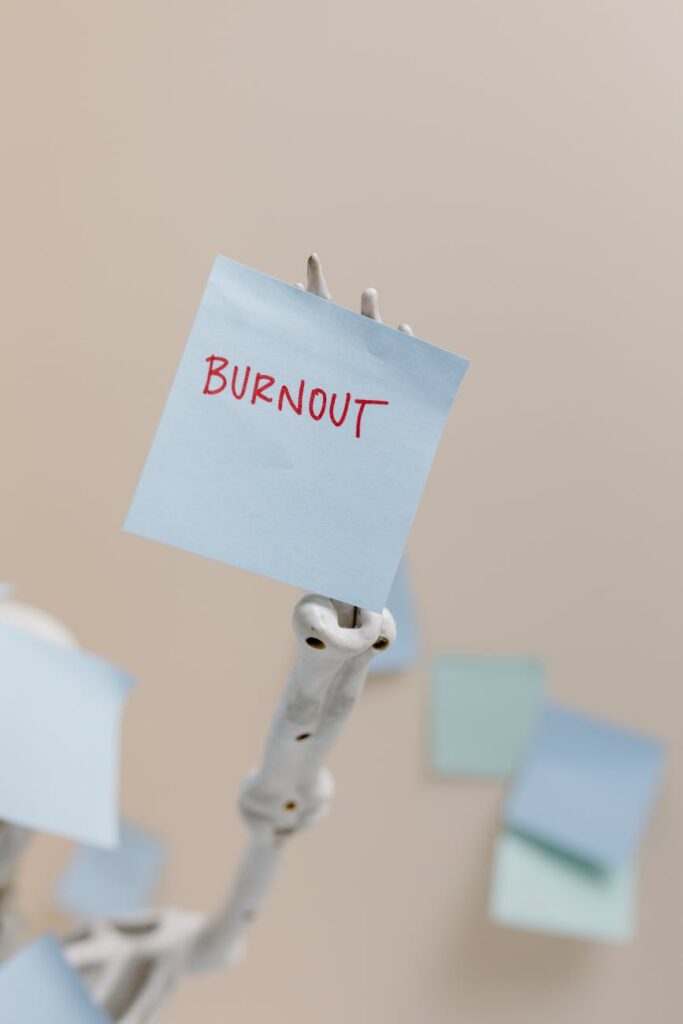What is depression management techniques?

What is depression management techniques?
Depression isn’t just a fleeting feeling of sadness; it’s a serious condition that can disrupt life in profound ways. Understanding depression management techniques is crucial for maintaining overall well-being and productivity. These strategies can help individuals navigate their daily lives more effectively, turning the tide against the weight of depression. Let’s explore what depression management looks like and how it can empower you or someone you know.
Understanding Depression
Depression is a mood disorder that can lead to persistent feelings of sadness, hopelessness, and a lack of interest in previously enjoyed activities. Symptoms often extend beyond just emotional turmoil; they can manifest physically and cognitively, affecting every aspect of life.
Types of Depression
There are several types of depression, each with its unique characteristics:
- Major Depressive Disorder (MDD): This is characterized by severe symptoms that interfere with daily life.
- Persistent Depressive Disorder (Dysthymia): A chronic form of depression that lasts for years but is less severe.
- Seasonal Affective Disorder (SAD): This occurs during specific seasons, often in winter, when sunlight is scarce.
Understanding these types can help individuals identify their struggles and seek appropriate help. For a more detailed guide on depression symptoms and types, check out the National Institute of Mental Health.
Impact on Daily Life
Living with depression can feel like carrying a heavy burden. It can hinder productivity at work, strain relationships, and stifle personal development. Everyday tasks might seem overwhelming, leading to a cycle of avoidance and worsening symptoms. Recognizing the profound impact of depression is the first step toward effective management.
Effective Depression Management Techniques
Managing depression involves a multifaceted approach. Here are some effective techniques that can make a significant difference:
Cognitive Behavioral Therapy (CBT)
Cognitive Behavioral Therapy is a well-researched method that helps individuals identify and change negative thought patterns. CBT empowers you to challenge distorted beliefs and develop healthier thinking habits. Many studies show its effectiveness in reducing depressive symptoms. If you’re interested in exploring CBT, consider resources from HelpGuide.
Mindfulness and Meditation
Mindfulness and meditation practices encourage you to stay present and reduce rumination, which can fuel depression. These techniques can lower anxiety and improve emotional regulation. Even just a few minutes of focused breathing or guided meditation daily can help clear your mind. There are numerous apps and online resources to guide you in developing a mindfulness practice.

Photo by Tara Winstead
Physical Activity and Exercise
It’s well-documented that regular exercise can enhance mood and overall mental health. Physical activity releases endorphins, the body’s natural mood lifters. Whether it’s a brisk walk, yoga, or a gym workout, finding an activity you enjoy can significantly contribute to your mental well-being. The American Psychological Association offers insights into the benefits of exercise for mental health.
Nutrition and Diet’s Role
What you eat can influence your mood. A balanced diet rich in omega-3 fatty acids, whole grains, and plenty of fruits and vegetables can support brain health. Foods like fatty fish, nuts, and leafy greens may help alleviate symptoms of depression. For more on how nutrition affects mental health, visit GoodRx.
Medication and Professional Help
In some cases, professional intervention may be necessary. Antidepressants can be effective for many individuals struggling with depression. It’s vital to consult with a healthcare provider for a personalized treatment plan. Resources from Mayo Clinic can guide you through what to expect during treatment.
Lifestyle Changes for Better Management
Beyond specific techniques, lifestyle adjustments can enhance your ability to manage depression.
Establishing a Routine
Creating and sticking to a daily routine can provide structure and a sense of control. Even small steps like setting a consistent wake-up time can make a difference.
Sleep Hygiene Practices
Quality sleep is vital for mental health. Establish a calming bedtime routine, minimize screen time before bed, and create a comfortable sleep environment. Practicing good sleep hygiene can improve both sleep quality and overall mood.
Social Support and Connections
Maintaining social connections can provide emotional support during tough times. Reach out to friends, family, or support groups. Sharing experiences with others who understand can be immensely helpful. The Substance Abuse and Mental Health Services Administration (SAMHSA) offers resources for finding support.
Conclusion
Utilizing depression management techniques can pave the way for a healthier, more productive life. From therapeutic practices to lifestyle changes, every step taken towards managing depression counts. Remember, seeking help is a sign of strength, and you don’t have to navigate this journey alone. Embrace these techniques to reclaim your life and well-being.